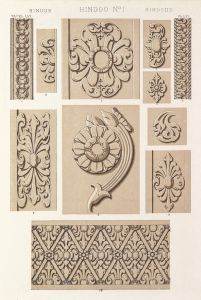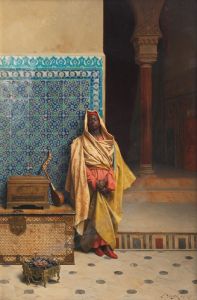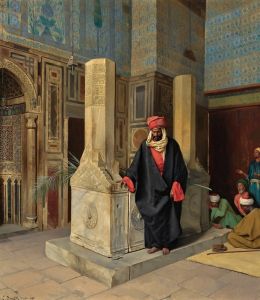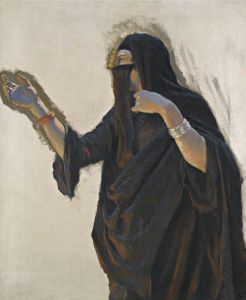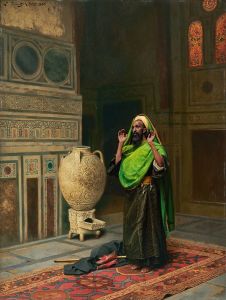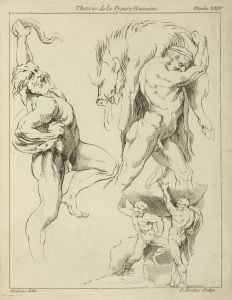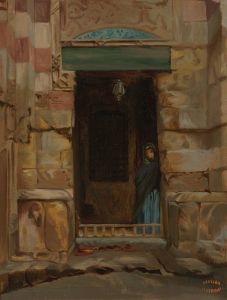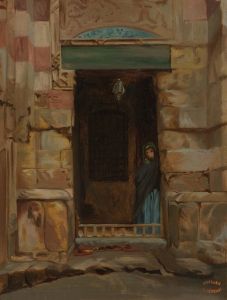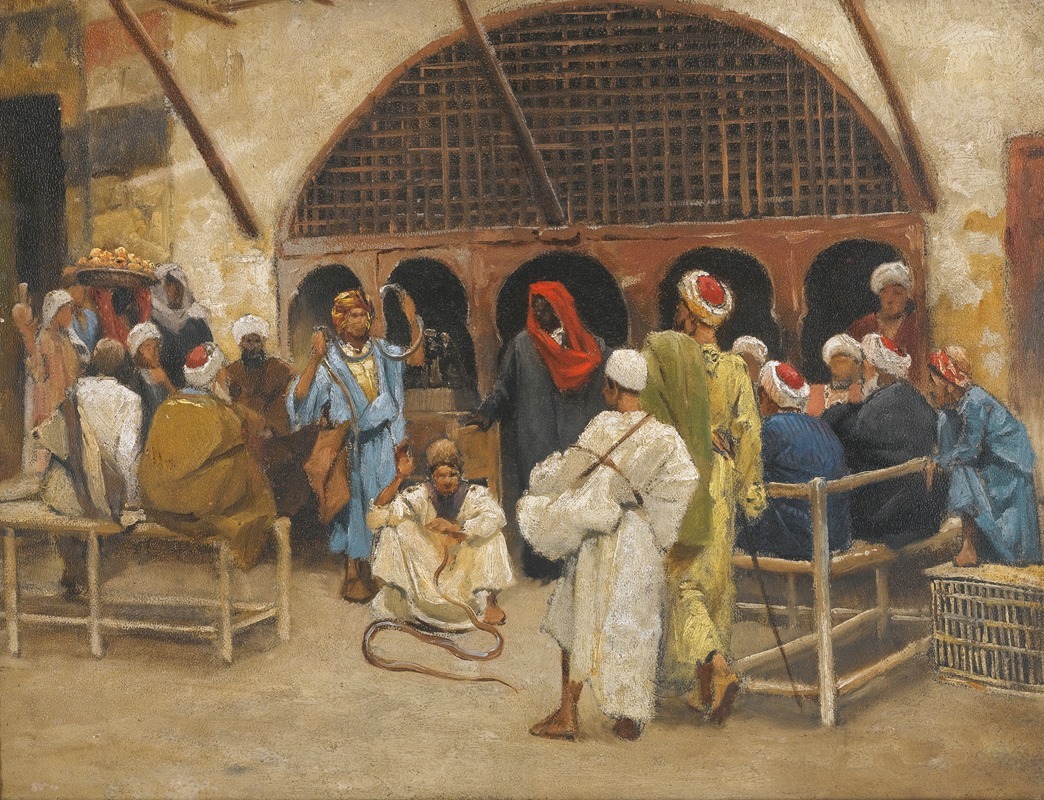
The Snake Charmers
A hand-painted replica of Ludwig Deutsch’s masterpiece The Snake Charmers, meticulously crafted by professional artists to capture the true essence of the original. Each piece is created with museum-quality canvas and rare mineral pigments, carefully painted by experienced artists with delicate brushstrokes and rich, layered colors to perfectly recreate the texture of the original artwork. Unlike machine-printed reproductions, this hand-painted version brings the painting to life, infused with the artist’s emotions and skill in every stroke. Whether for personal collection or home decoration, it instantly elevates the artistic atmosphere of any space.
Ludwig Deutsch (1855–1935) was an Austrian painter known for his detailed and vibrant Orientalist works. One of his notable paintings, The Snake Charmers, exemplifies his fascination with Middle Eastern and North African cultures, a common theme in Orientalist art during the 19th and early 20th centuries. Deutsch was part of a broader movement of European artists who sought inspiration from the so-called "exotic" cultures of the East, often romanticizing and idealizing their subjects.
The Snake Charmers depicts a scene in which a snake charmer performs, captivating an audience. The painting is characterized by its meticulous attention to detail, particularly in the rendering of textures, patterns, and architectural elements. Deutsch's use of vibrant colors and dramatic lighting enhances the visual impact of the scene, drawing the viewer into the world he portrays. The artist's skill in capturing the intricate designs of tiled walls, textiles, and other decorative elements reflects his dedication to authenticity in his depictions of Eastern settings.
Deutsch's work was heavily influenced by his travels and his exposure to Middle Eastern and Islamic art and architecture. He was known to collect photographs and artifacts, which he used as references for his paintings. This practice allowed him to create highly detailed and realistic compositions, although his works often reflected a Western perspective and interpretation of Eastern cultures.
The Snake Charmers is an example of the Orientalist genre, which was popular among European artists and audiences during the 19th century. This genre often depicted scenes of daily life, architecture, and landscapes from the Middle East, North Africa, and Asia. While these works were celebrated for their technical skill and aesthetic appeal, they have also been critiqued for perpetuating stereotypes and presenting a romanticized view of the East that often ignored the complexities and realities of the cultures they portrayed.
The exact date of The Snake Charmers is not definitively documented, but it is consistent with Deutsch's body of work from the late 19th to early 20th century. The painting is held in private collections and has been exhibited in various art galleries and auctions, where it continues to attract interest for its artistic merit and historical significance.
Deutsch's legacy as an Orientalist painter remains significant, as his works provide insight into the artistic trends and cultural attitudes of his time. However, modern scholarship often examines such works within the context of colonialism and the power dynamics between Europe and the regions depicted in Orientalist art.





